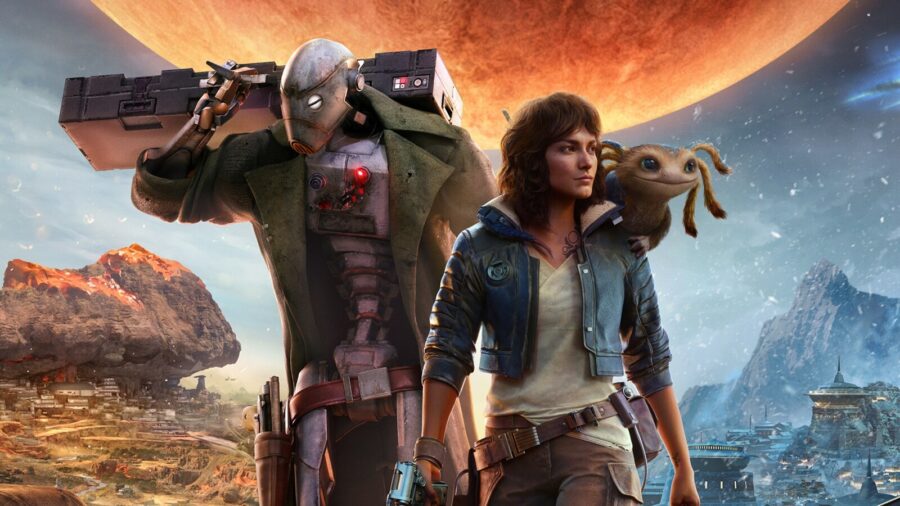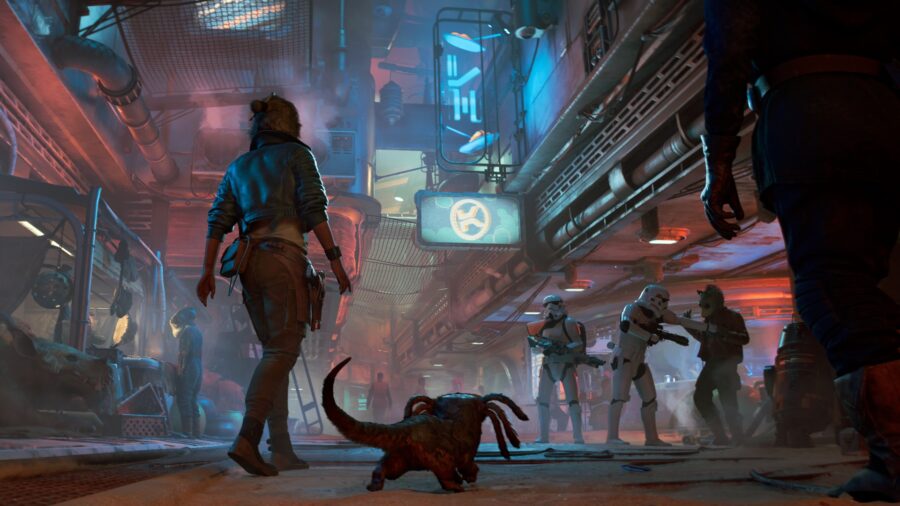Star Wars: Outlaws Creating Unbelievably Huge Planets, Here’s The Shocking Comparison

Ubisoft just announced that its highly anticipated Star Wars game, titled Star Wars: Outlaws, is massive, explaining that the planets might be as big as multiple regions in Assassin’s Creed Odyssey. While this isn’t a novelty in gaming—open worlds have become huge compared to older games—what separates Star Wars: Outlaws from other games is the fact that its worlds aren’t procedurally generated.
Instead, as reported by Kotaku, each planet in the Star Wars Outlaws game is handcrafted by in-game artists, and some of them are as big as entire maps of certain Assassin’s Creed titles, which is pretty massive. By comparison, the London map in Assassin’s Creed Syndicate is actually quite large and very detailed, but approximately a dozen of copies of said map can fit inside the world of Assassin’s Creed Origins.
And that particular world fits easily into a subsequent release, the AC: Odyssey, with plenty of room to spare.
So, anyone who previously played Odyssey has at least some idea how big the planets in Star Wars Outlaws will be, and for those that haven’t played Ubisoft’s epic—they’re pretty big. The Odyssey map has an estimated size of nearly 100 square miles, and traversing it from one end to the other might take several hours in real-time.
Each planet in the Star Wars Outlaws game is handcrafted by in-game artists, and some of them are as big as entire maps of certain Assassin’s Creed titles, which is pretty massive.

If we assume that one planet in Star Wars Outlaws is only a quarter of that size, that’s still pretty big. And we’re discussing one lone planet; Ubisoft has confirmed at least four planets so far.
Star Wars Outlaws Handcrafted Planets
What’s even more impressive is that the planets in Star Wars Outlaws are handcrafted and not procedurally generated. In the context of gaming, procedural generation refers to content that has been created by the game’s algorithm rather than being hand-designed by the game’s developers.
From the gameplay perspective, this means that the game creates its own content, such as maps, levels, or items, on the fly as the game is being played, based on a certain set of rules—a good example of procedurally generated content can be seen in No Man’s Sky.
This is a completely different approach from what Bethesda used to create hundreds upon hundreds of worlds in the upcoming Starfield, which relies heavily on procedural generation—because how else would you generate hundreds of different worlds?
The game creates its own content, such as maps, levels, or items, on the fly as the game is being played, based on a certain set of rules
While it doesn’t diminish the greatness of what Bethesda is trying to do with Starfield, the massive handcrafted worlds in Star Wars Outlaws do sound very exciting, especially from the exploration perspective, and the fact that the game worlds don’t change with every subsequent playthrough.
Why would we consider that exciting? Because Ubisoft will have to output DLC updates with new content regularly to keep the game from becoming stale, and—if the title is successful enough—it could finally shift the company’s focus from the Assassin’s Creed series.
The latter already feels a bit stale, and while the majority of fandom is excited for the franchise’s return to its roots—and so are we—some are criticizing the franchise for lack of innovation.












